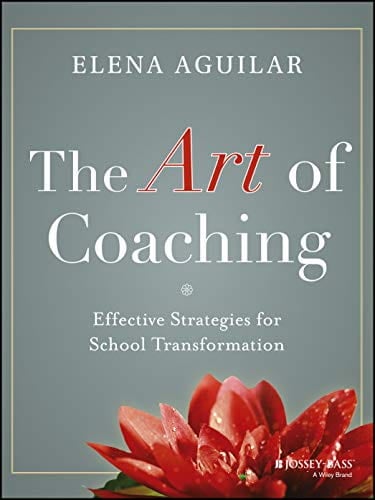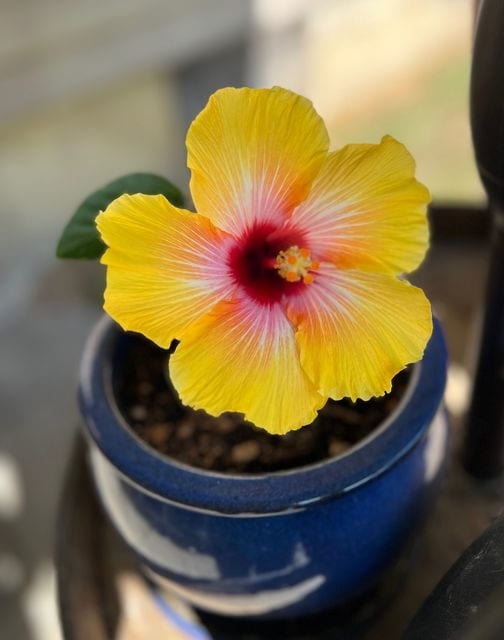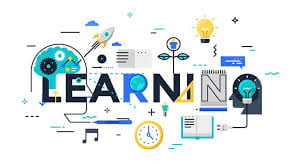Weekend Ed. Quote ~ February 21
“The coach’s job is to help the client get out of the habit of putting out fires and instead to invest time and energy into installing automatic sprinkler systems and removing fuel and sources of ignition” (Bloom, Castagna, Warren, and Moir, 2005, p. 106). To coach for system change, we must start by cataloguing the fires.”
~ in The Art of Coaching: Effective Strategies for School Transformation, by Elena Aguilar
References
Aguilar, E., (2023). The art of coaching: Effective strategies for school transformation. Jossey-Bass.
Bloom, G., Castagna, C., Moir, E., & Warren, B. (Eds.). (2005). Blended coaching: Skills and strategies to support principal development. Corwin Press.
#GCUTEC544 #GCUTEC595 #GCUTEC516 #GCUTEC521
#CUNE604, #CUNE605









